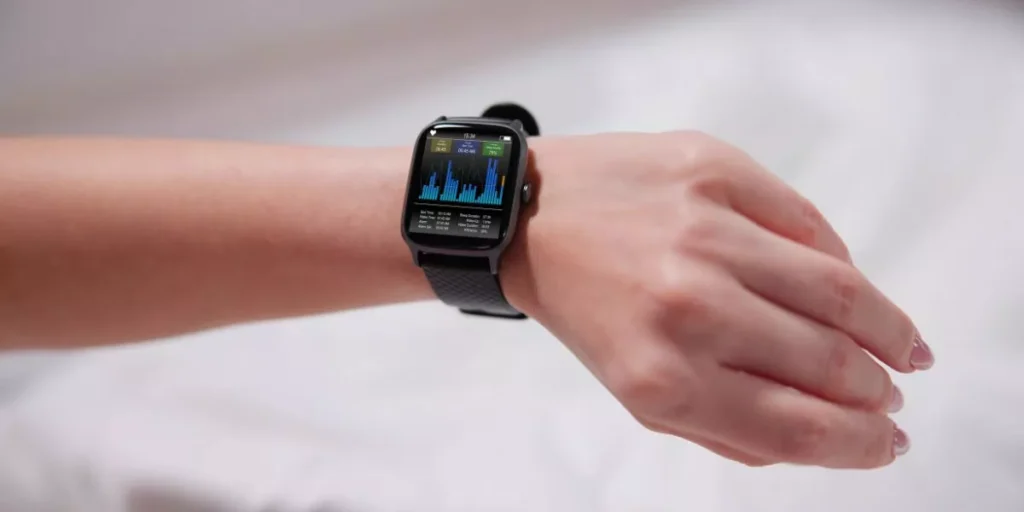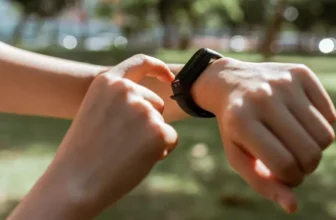
When wearing an ECG monitor, have you ever wondered how this compact device keeps track of your heart’s electrical activity? The intricate process involves sensors detecting your heart signals, converting them into data, and analyzing them for any irregularities. But the burning question remains – are these wearable ECG monitors truly reliable in providing accurate insights into your heart’s health? Let’s explore the technology and reliability factors that determine the effectiveness of these portable heart monitors.
Technology Behind Wearable ECG Monitors
To understand how wearable ECG monitors work, it’s essential to grasp the technology behind them. These devices utilize sensors that detect the electrical activity of your heart. The sensors pick up the electrical signals produced by your heart’s contractions and transmit this data to a processing unit within the device.
This processing unit then analyzes the signals to generate a visual representation of your heart’s activity, known as an electrocardiogram (ECG).
The technology within these monitors is designed to be compact and efficient, allowing for continuous monitoring without impeding your daily activities. By accurately capturing your heart’s electrical signals, wearable ECG monitors can provide valuable insights into your heart health and detect any irregularities that may warrant further medical attention.
Functionality of Wearable ECG Monitors
Wearable ECG monitors function by continuously monitoring the electrical activity of your heart through sensors that transmit data to a processing unit for analysis. These sensors are typically placed on your chest or wrist, depending on the design of the wearable device. As your heart beats, the sensors detect the electrical signals produced, converting them into digital data. This data is then sent to the processing unit, where algorithms analyze it to generate information about your heart’s rhythm and rate.
The processing unit of the wearable ECG monitor processes the data in real-time, providing you with immediate feedback on your heart’s activity. Some wearable monitors can also store this data for later review or transmit it to a connected smartphone app for further analysis. By continuously monitoring your heart’s electrical signals, these devices can help detect irregularities or abnormalities in your heart rhythm, providing valuable insights into your cardiovascular health.
Accuracy of Wearable ECG Data
When evaluating the accuracy of ECG data from wearable monitors, consider the reliability of the sensor placement and the consistency of signal transmission to the processing unit. Proper sensor placement is crucial for obtaining accurate ECG readings. If the sensors aren’t positioned correctly on the body, it can lead to inaccuracies in the data collected. Ensuring that the sensors have good contact with the skin and are placed according to the manufacturer’s guidelines is essential.
Additionally, the consistency of signal transmission from the sensors to the processing unit impacts the accuracy of the ECG data. Any interruptions or interference in the signal can result in distorted readings. Factors such as movement, poor connectivity, or environmental interference can affect the quality of the data being transmitted.
Therefore, to ensure reliable ECG data from wearable monitors, pay close attention to sensor placement and signal transmission consistency. Proper handling and adherence to guidelines provided by the manufacturer can help maintain the accuracy of the ECG readings.
Reliability of Wearable ECG Monitors
Ensuring the reliability of wearable ECG monitors requires consistent monitoring of sensor placement and signal transmission for accurate data collection. Proper placement of the sensors is crucial for obtaining reliable ECG readings. Ensure that the sensors are firmly and correctly positioned on your body as per the manufacturer’s guidelines. Loose or incorrectly placed sensors can lead to inaccurate data, affecting the monitor’s reliability.
Regularly check the signal transmission between the sensors and the monitoring device. Signal interruptions or poor connectivity can result in missing or distorted data. Make sure the devices are in close proximity to each other and that there are no obstructions interfering with signal transmission. Maintaining a strong and stable connection is essential for the accurate and reliable monitoring of your ECG.
Trending Products
























